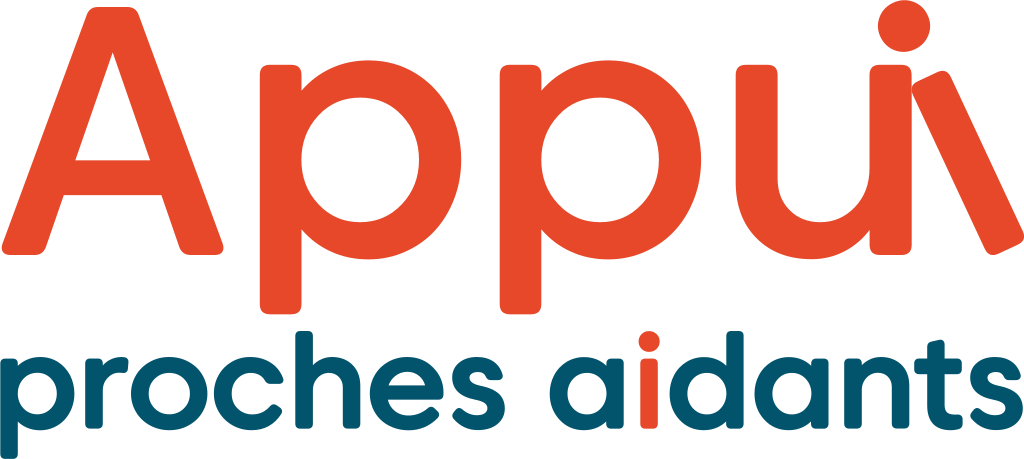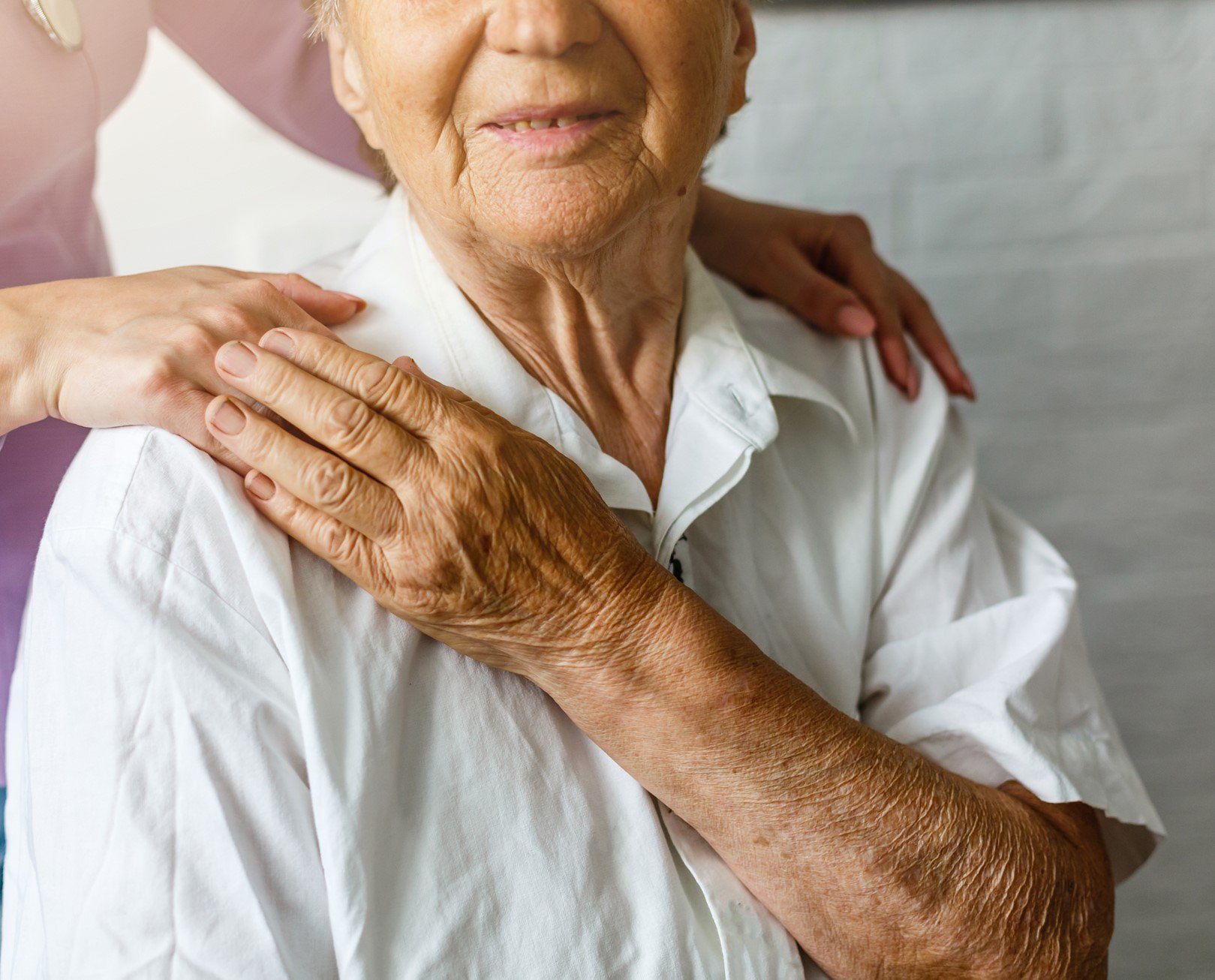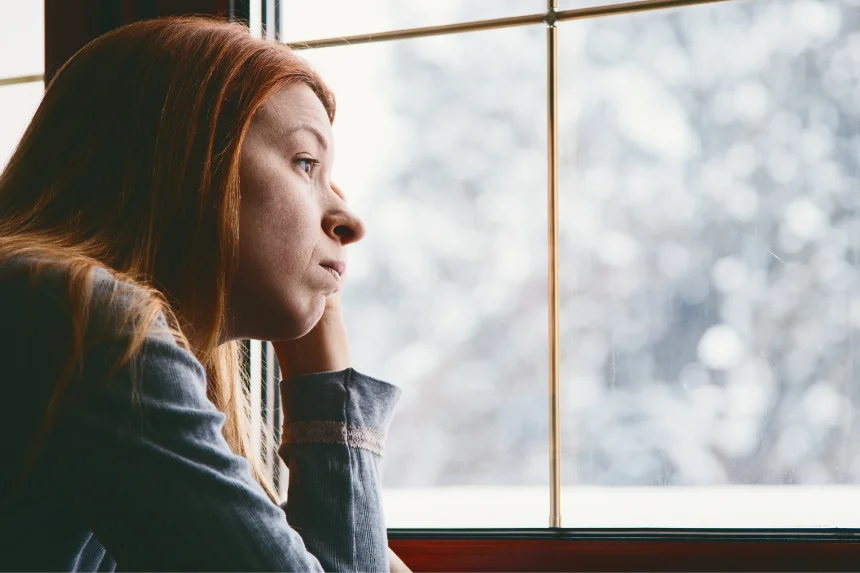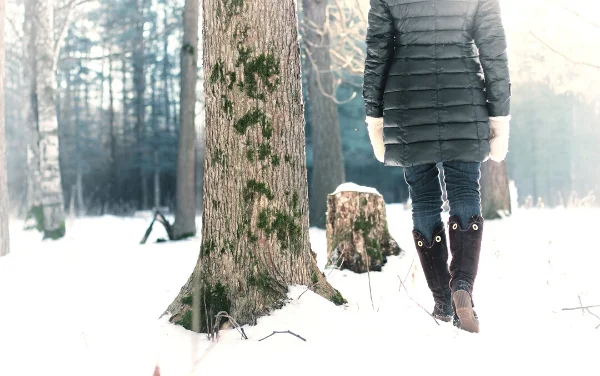A wonderful letter… Mr. Stanké is a man whose generosity is well known. For the past 15 years, we have been offering the services of a home care team that includes a physician, as is being done in the United States and the rest of Canada, but not here. Québec decision-makers chose to exclude physicians from home care. The medication changes every day for the seriously ill… Josette, Mr. Stanké’s wife, has terminal heart failure. We may have to increase the dose, sometimes twice a day, to make her feel good, not overwhelmed, to make sure she doesn’t get water in her lungs. In Québec, the unions have decided that it’s better for these very sick people to go to the emergency room to regulate their medication, even if they have to do this each and every day. People don’t want to spend their last year of life in the ER. They want to live. It’s Josette who opens the door for us. Josette is the one who makes coffee for Alain. It is Josette who leads a normal life, even though she is short of breath and tired. In his letter, Alain talks about how happy he is to be able to live with his wife at home, thanks to the help of a comprehensive team. Why aren’t people in a different postal code from Verdun entitled to this service as well?








